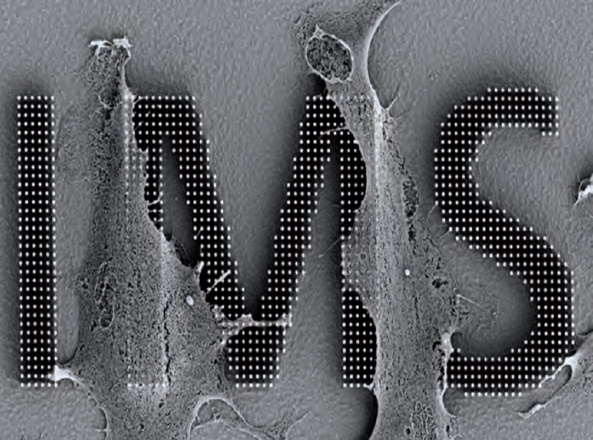Sensitive, specific and parallel detection of enzymes, proteins, DNA or other biomolecules is of great importance for next generation applications in the fields of medicine, life science, biotechnology, pharmaceutical production, food and environmental technology.
Conventional diagnostic detection methods require many manual steps and must be carried out in specialized laboratories by skilled personnel. This procedure is time-consuming and expensive. Due to logistics, there is usually a time-lag of several days between sampling and measurement results. This diagnostic gap is a major problem in many scenarios where appropriate measures need to be quickly initiated.
The outbreak of pandemics (such as Corona in 2020), for instance, clearly shows that the faster infection chains are broken, the more effectively the pandemic can be contained. In recent years, the demand for diagnostics outside hospitals has extremely increased and will increase even more in the coming years. The future lies in mobile, diagnostic point-of-care (PoC) systems that can be applied decentrally across a wide area. This will initiate the transformation from hospital care to home care and any care, i.e., diagnostics at the body no matter when and where. A key element of such PoC systems are miniaturized biosensors which are becoming smaller, more powerful and less expensive thanks to the enormous progress in micro- and nanotechnology in recent decades. In addition to their use in PoC systems for the detection of pathogens, biosensors also offer great potential for other application fields including prevention and companion diagnostics for personalized medicine, inline process and quality control of biological products in the biotechnology and pharmaceutical industry, pharmacological drug screening and early warning systems of infections in medical implants.
At the Fraunhofer Institute for Microelectronic Circuits and Systems IMS within the application field of In-situ Diagnostics, we have the vision of developing the next generation of biosensor systems in order to significantly reduce the complexity and costs of current analytical methods. Next to the development, a major focus lies on the integration of biosensors into miniaturized systems. For this we have know-how in the area of on-chip CMOS-based signal processing, chip/wafer bonding technologies for integrating microfluidics, wireless communication interfaces as well as AI-based data analysis. This forms the basis of device-free systems, i.e., full lab-on-a-chips (LoCs).
The principle structure of biosensors is composed of a biological receptor, to which the analyte specifically binds and a signal converter which converts the binding into a physical parameter. At the Fraunhofer IMS, there are three main areas of focus regarding the signal converters.


